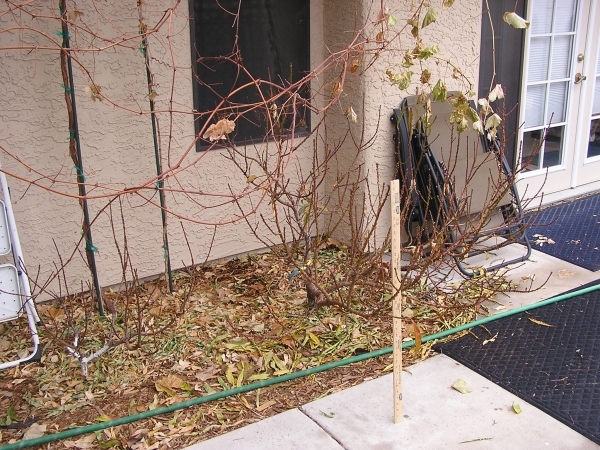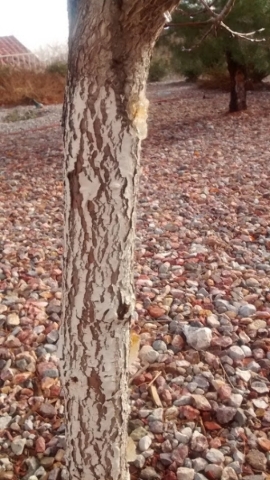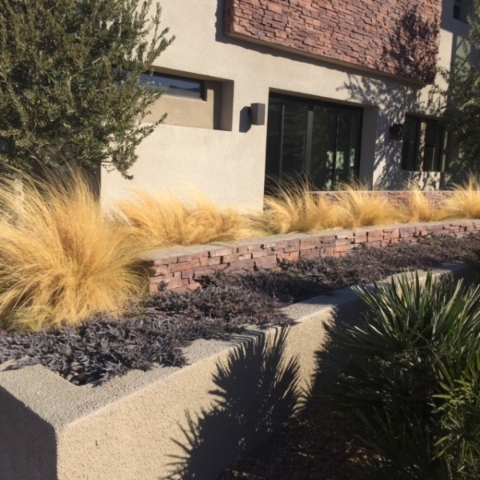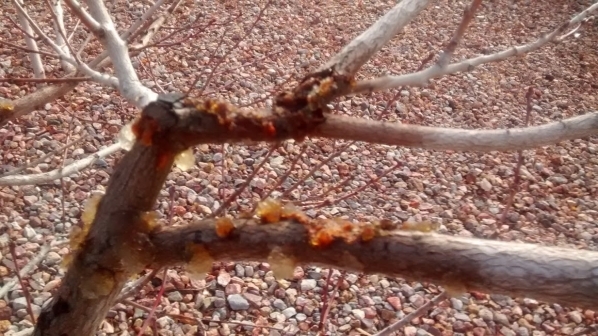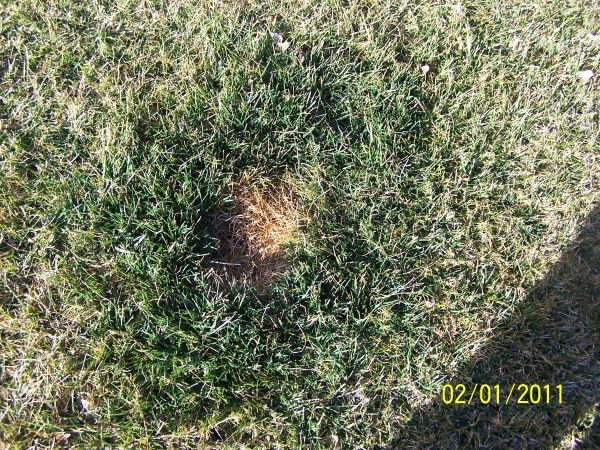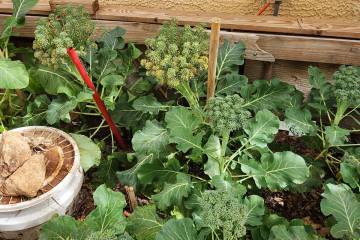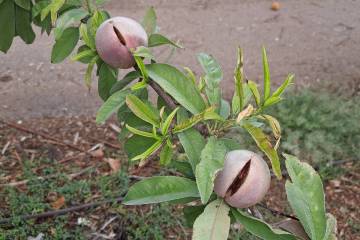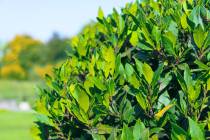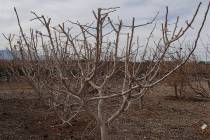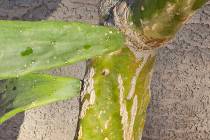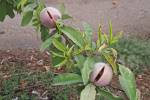Borers spend larval stage tunneling inside trees
Q: I have a major borer problem with my nectarine tree. I will be removing it and replanting. Do I need to treat the soil before I plant another tree?
A: No. The borers that are problems in our climate do not enter the soil during any part of their life cycle. They are beetles that spend their life from egg to larva to adult either in the air or tunneling inside the tree.
Our borers spend a small part of their life as a beetle in flight looking for a mate and food. They start their life inside an egg laid on sunburned limbs. In a few days, they hatch into a larva (worm), tunnel into the tree, eating nutrient-rich sapwood for growth. The final stage is pupal, also inside the tree, where it transforms to an adult beetle and exits the tree.
Make sure that the trunk and major limbs of newly planted fruit trees are painted with a whitewash of some sort. This reduces tree damage from intense sunlight. Old-fashioned whitewash was made from lime, but you can substitute a diluted white latex paint for this. Dilute the white latex paint so that it is a 50/50 mixture of paint and water.
By the way, you don't have to use white latex paint. Use any light-colored paint that reflects sunlight and lessens sun damage. This might be light blue, yellow, tan or pink. Color coordinate your fruit trees with the house and the rest of your landscape!
Q: I have two large dogs that use my backyard as their bathroom. They cause yellow spots that turn completely bare and kill the grass. Are there any grasses resistant to animal urine?
A: There are no lawn grasses totally resistant to dog urine. The high concentration of "salts" in the urine is causing the damage.
These salts are actually "fertilizer" salts, not bad salts such as table salt. There is just too much of it. The salts are so concentrated that the grass is burned or killed in a 6- to 8-inch spot.
If you look closely at "dog damage" to a lawn, it looks very different from brown spots caused by diseases or insects. Insect and disease damage does not cause the grass to become dark green or grow faster around the edge of the damage. Dog urine does!
Salts from the urine become diluted in the soil farther from the point of impact. Once diluted enough, salts from the urine act as a fertilizer and turn the grass dark green and push new growth.
The key to decreasing urine damage is the same as too much applied fertilizer. Dilution. Drenching the spot with water and diluting the salts is the simplest way to decrease damage to the lawn.
I know this might be a hassle and look a little odd to your neighbors, but if you follow the dog around with a bucket of water and dump it on the urine spot immediately after it is done, you have a good chance of reducing or preventing damage.
Now if only you could just train your dogs to do it evenly over the lawn and turn on the sprinklers.
Q: You mentioned pruning oleanders about a month ago. Should they be pruned in January or February? Do they need iron? My dwarf oleander does not bloom as well as my white oleander. What can I do to help them bloom better?
A: It is best to prune oleanders during the winter months because they produce flowers on new growth. Avoid pruning them in the spring after new growth has started, or you will cut off all the potential flowers.
I've told people to cut oleanders to the ground, a method called rejuvenation pruning, and they will come back very nicely with some applied fertilizer and water. You can't do this to all shrubs, but oleanders respond nicely. Shrubs that tend to sucker from the base respond well to this type of pruning.
How late in the winter to prune, December, January or February, depends on how long you want to look at short stubs sticking out of the ground. If looking at stubs is objectionable, then delay this type of pruning as late as possible but before new growth begins. On oleander, this is usually early February.
Oleander seldom needs iron, so you should never have to apply iron fertilizer to this plant.
Some varieties of oleander don't grow as well as others here. Some oleanders are more sensitive to freezing temperatures than others. Some oleanders don't tolerate desert soils as well as others.
Soil improvement might be needed by this oleander. Prune the red oleander to the ground in early February. Then, apply two 5-gallon buckets of compost around the base of the plant followed by a 3- or 4-inch layer of wood chips on top of the compost. Finally, soak the soil around the plant with water. Do all of this in February.
Q: When is the right time of year to trim grasses?
A: Most ornamental grasses are cut to within a couple of inches of the soil surface just before new growth in February. With some grasses, this is done every year and other grasses, it may be every three to four years.
Remove any dead growth remaining with a rake. Fertilize the plant with a high nitrogen fertilizer or a bag of compost, and add a deep watering.
They should regrow from the pruned, remaining culms at the base.
Ornamental grasses need to be divided, or split apart, when the clump gets too large. It's too large if the center begins to die out or flowering is severely reduced. The plant is dug from the ground, the clump cut apart, cleaned up, and one of the smaller divisions is replanted.
Q: I have two dwarf trees, a nectarine and a peach. I would like to move them from in-ground into containers. What would you recommend the minimum size container to use? The nectarine is about 4 feet tall and 5 feet wide. The peach is about 3 feet tall and 3 feet wide.
A: Use a container about the size of a half of a wine barrel for these trees. Do it any time until new growth starts, approximately the first week of February in our climate.
Use a sharp shovel. People don't normally sharpen shovels, but it's a good practice to get into. You can sharpen it with a file or a bench grinder.
Cut through the roots in one push rather than whacking on them with a dull shovel. Cut entirely around the outside of the tree about 6 to 10 inches smaller than the inside diameter of the container.
After making the cuts in the soil all around the outside, use a pick or mattock to cut a narrow trench just to the outside of these cuts to a depth of about 12 to 15 inches. Use your shovel for leverage and gently lift the root ball from several different directions to loosen it.
Once the root ball begins to move, use your loppers to cut any roots that might be holding the plant in the soil. At this point, you should be able to lift the tree out of the hole with most of the soil remaining around the roots.
Fill the bottom of the container with soil amended 50/50 with compost so that the root ball rests 3 to 4 inches below the lip of the container. Place more amended soil around the root ball inside the container and water it in.
Prune the top of the plant by removing about 1/4 to 1/3 of the canopy to compensate for the loss of roots. The compost should give you enough fertilizer for the first growing season.
— Bob Morris is a horticulture expert living in Las Vegas and professor emeritus for the University of Nevada. Visit his blog at xtremehorticulture.blogspot.com. Send questions to Extremehort@aol.com.



